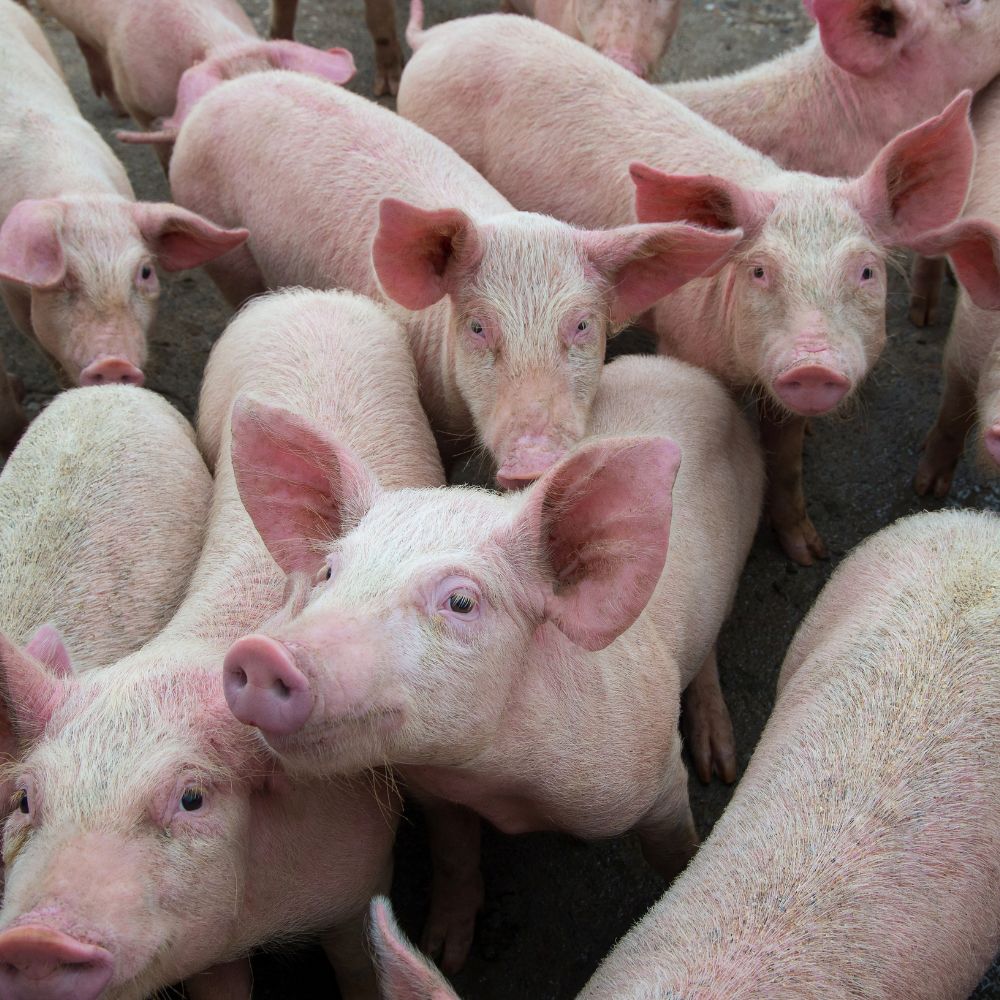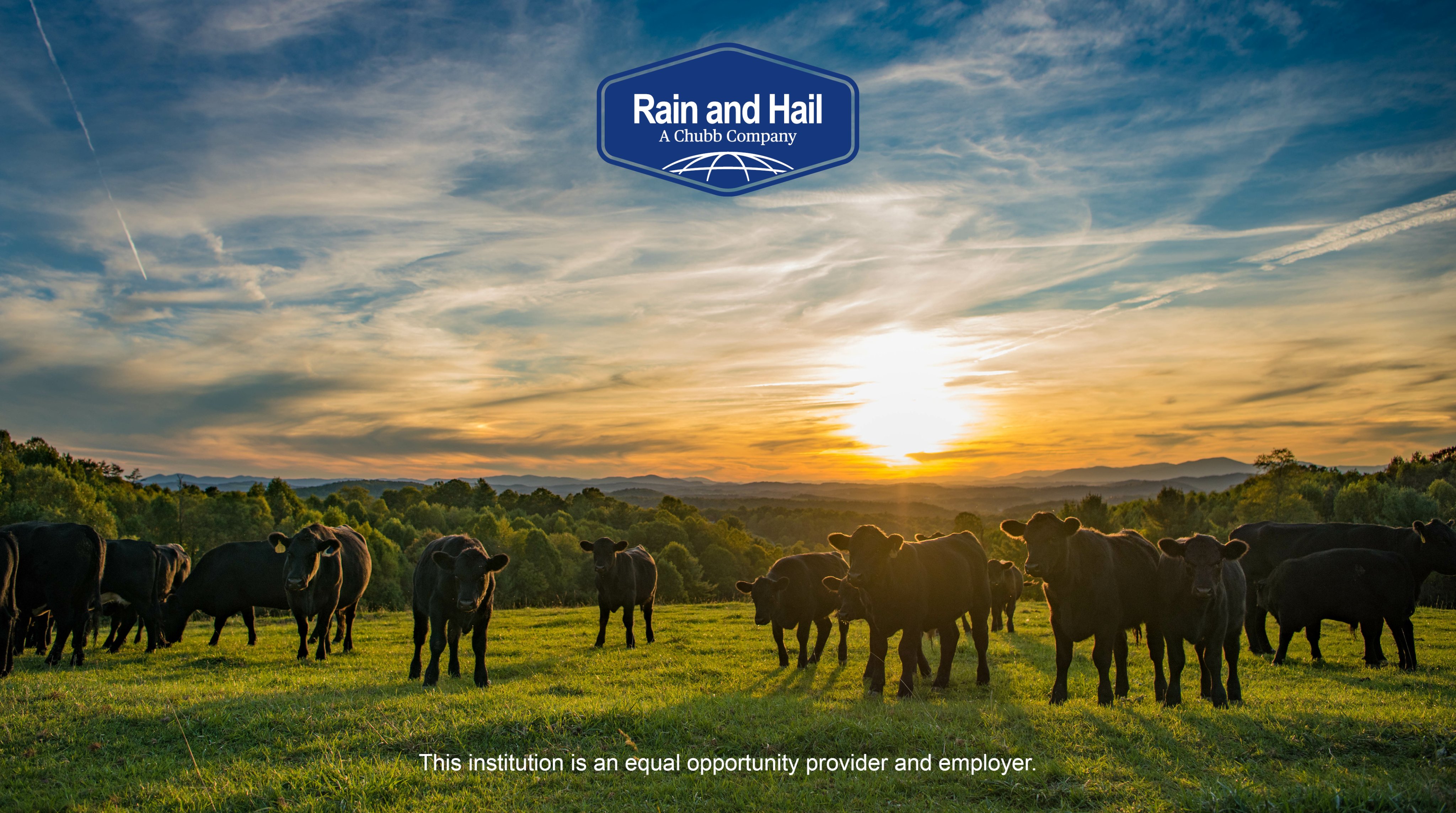Professional Support: Bagley Risk Management Approaches
Wiki Article
Trick Aspects to Take Into Consideration When Choosing Livestock Threat Security (LRP) Insurance Coverage
When examining choices for Animals Danger Defense (LRP) insurance policy, a number of crucial aspects call for cautious consideration to guarantee effective risk monitoring in the farming industry. Choosing the appropriate coverage alternatives customized to your particular animals operation is critical, as is understanding how exceptional expenses correlate with the level of defense supplied.Coverage Options
When thinking about Livestock Threat Protection (LRP) insurance, it is necessary to understand the numerous coverage alternatives available to mitigate risks in the agricultural field. Animals Risk Security (LRP) insurance coverage supplies different protection options customized to satisfy the diverse requirements of livestock manufacturers.Another crucial insurance coverage option is the endorsement duration, which figures out the length of time the protection is in result. Producers can select the recommendation period that best fits their production cycle and market conditions. Additionally, protection degrees and prices vary based on the kind of livestock being insured, providing manufacturers the versatility to personalize their insurance intends according to their specific requirements.
Understanding the different protection alternatives available under Livestock Threat Security (LRP) insurance policy is vital for manufacturers to make educated choices that efficiently protect their animals operations from market uncertainties.
Costs Prices

Animals Danger Security (LRP) insurance offers vital coverage alternatives customized to reduce risks in the farming sector, with a significant aspect to consider being the estimation and framework of premium costs. These consist of the type and number of livestock being insured, the insurance coverage level selected, the existing market rates, historic rate information, and the size of the insurance coverage duration.
Premium expenses for LRP insurance policy are usually determined based on actuarial information and run the risk of analysis models. Insurance firms assess historic data on animals prices and manufacturing costs to determine an ideal costs that shows the level of threat entailed. It is crucial for livestock producers to thoroughly examine premium costs and insurance coverage options to guarantee they are adequately secured versus potential financial losses due to negative market conditions or unforeseen occasions. By recognizing how superior expenses are determined and structured, producers can make enlightened choices when selecting the best LRP insurance policy for their procedure.
Eligible Livestock
The determination of eligible livestock for Livestock Danger Defense (LRP) insurance policy coverage includes careful consideration of certain requirements and features. Animals kinds that are generally qualified for LRP insurance coverage consist of feeder livestock, fed swine, cattle, and lambs. These pets must fulfill specific credentials associated with weight arrays, age, and meant use. Furthermore, the eligibility of livestock may differ based on the certain insurance policy service provider and the regards to the plan.Feeder cattle, as an example, are generally eligible for LRP protection if they drop within defined weight ranges. Fed cattle might likewise be qualified, but they should fulfill specific weight and top quality grade requirements. Swine eligible for coverage usually consist of market weight animals planned for massacre. Lambs are an additional group of livestock that can be thought about for LRP insurance coverage, with variables such as weight and age playing an important function in determining their eligibility.
Prior to picking LRP insurance anonymous for animals, producers need to meticulously examine the eligibility standards detailed by the insurance coverage supplier to ensure their pets satisfy the necessary requirements for insurance coverage.
Policy Versatility
Policy flexibility in Livestock Danger Protection (LRP) insurance coverage permits manufacturers to tailor coverage to fit their specific needs and take the chance of administration approaches. This flexibility empowers livestock producers to customize their insurance plan based upon aspects such as the type of animals they own, market problems, and individual risk resistance levels. One crucial element of plan adaptability in LRP insurance policy is the capability to pick coverage degrees that line up with the manufacturer's financial goals and run the risk of exposure. Manufacturers can choose coverage levels that protect them versus prospective losses because of changes in animals prices, guaranteeing they are adequately insured without paying too much for unnecessary coverage. In addition, LRP insurance offers versatility in policy duration, allowing manufacturers to pick protection periods that best fit their production cycles and marketing timelines. By supplying customizable options, LRP insurance policy allows producers to successfully handle their danger direct exposure while guarding their livestock procedures against unexpected market volatility.Insurance Claims Refine
Upon experiencing a loss or damages, manufacturers can initiate the insurance claims process for their Animals Threat Defense (LRP) insurance by immediately calling their insurance policy company. It is critical for producers to report the loss immediately to accelerate the cases procedure. When reaching out to the insurance company, manufacturers will certainly require to provide comprehensive info regarding the case, consisting of the day, nature of the loss, and any type of appropriate documents such as vet records or market value.
After the assessment is full, the insurance coverage copyright will choose regarding the insurance claim and connect the outcome to the producer. If the claim is authorized, the manufacturer will certainly receive payment according to the regards to their Animals Risk Security (LRP) insurance coverage. Bagley Risk Management. It is necessary for manufacturers to be acquainted with the claims procedure to ensure a smooth experience in the event of a loss

Conclusion
In conclusion, when selecting Animals Threat Security (LRP) insurance coverage, it is necessary to think about insurance coverage alternatives, premium prices, eligible livestock, policy versatility, and the insurance claims process. These crucial variables will certainly aid ensure that farmers check this site out and breeders are properly safeguarded versus possible threats and losses related to their animals operations. Making an informed choice based on these considerations can inevitably result in better economic security and tranquility of mind for animals manufacturers.Livestock Danger Defense over at this website (LRP) insurance policy provides various protection options customized to meet the varied needs of animals producers.The decision of eligible livestock for Animals Risk Defense (LRP) insurance protection involves cautious consideration of certain criteria and features.Policy adaptability in Livestock Danger Protection (LRP) insurance coverage permits producers to customize coverage to fit their specific requirements and take the chance of management approaches.Upon experiencing a loss or damage, producers can initiate the insurance claims procedure for their Animals Risk Security (LRP) insurance policy by immediately calling their insurance provider.In conclusion, when choosing Livestock Risk Security (LRP) insurance policy, it is essential to think about insurance coverage alternatives, premium costs, eligible animals, plan adaptability, and the claims process.
Report this wiki page